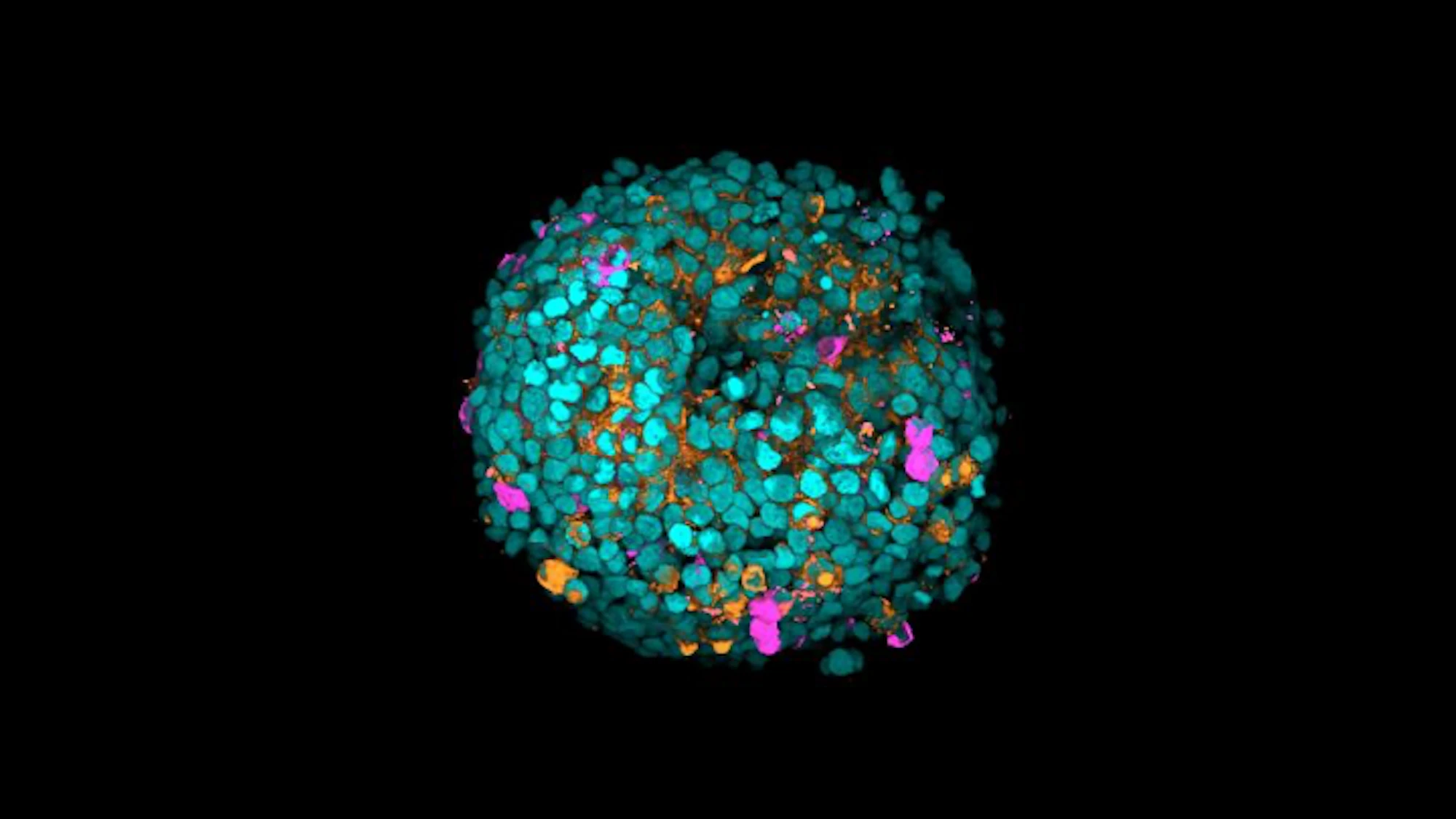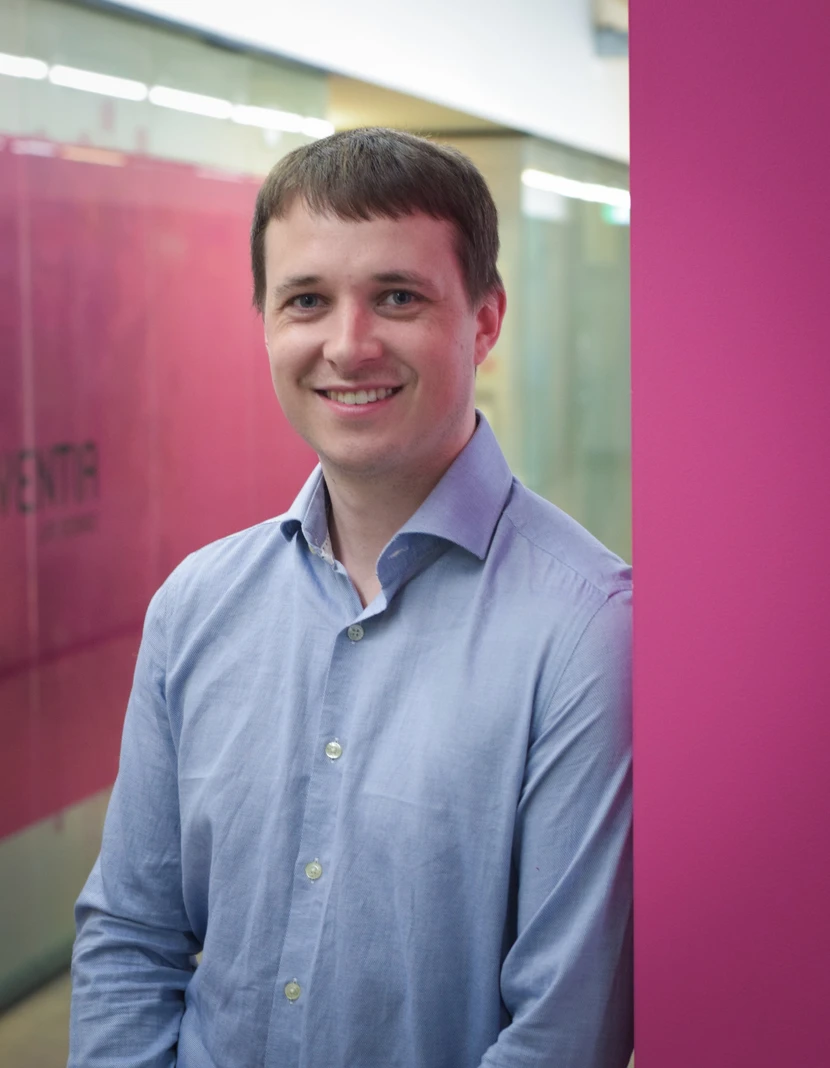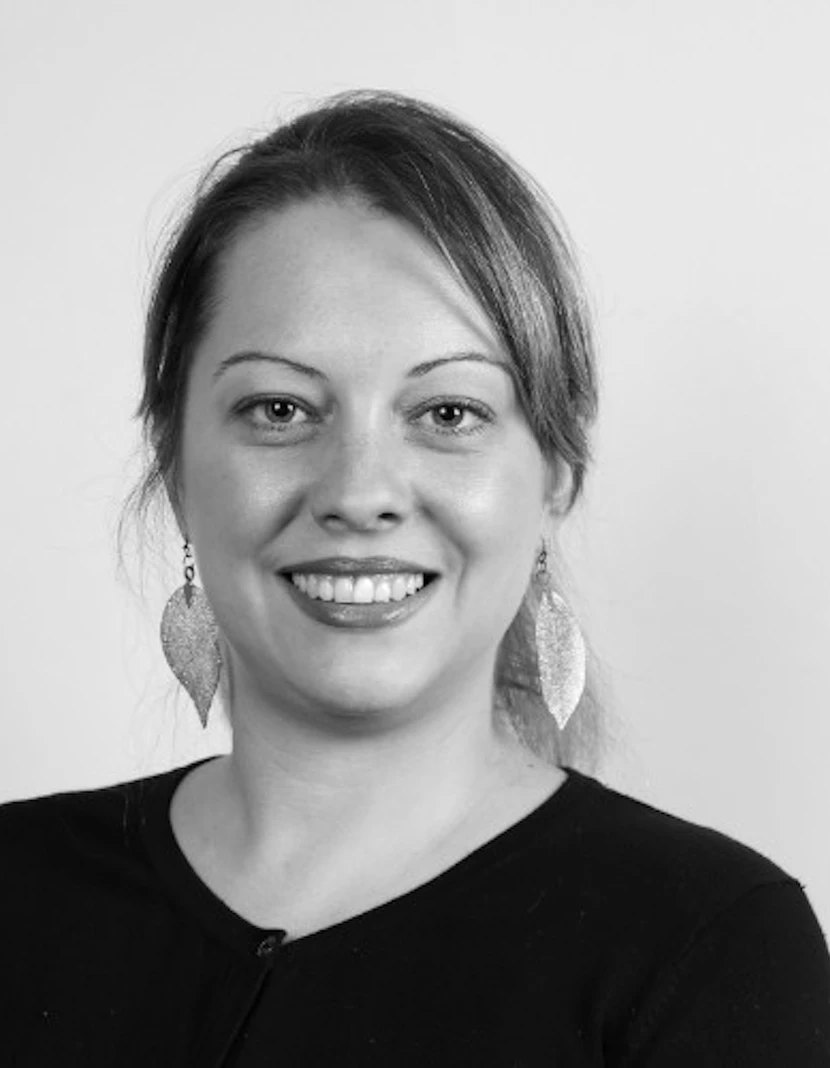Clamping down on the causes of pre-eclampsia
Research Feature
A novel 3D placenta bioprinting project could unearth novel biomarkers and treatments for the pregnancy complication pre-eclampsia.
Pre-eclampsia is a life-threatening disorder that kills hundreds of thousands of babies and tens of thousands of pregnant women every year, yet effective treatments are still lacking. While researchers believe the condition is caused by dysfunction in the placenta, its underlying causes remain poorly understood.
A research team in the University of Technology Sydney's School of Life Sciences is seeking to transform these health outcomes by producing and studying 3D placental cell models. This emerging technique uses a 3D bioprinter to create a simulation of the extracellular matrix, the environment in which cells live inside the body.

From two dimensions to three
“Traditionally in the health sciences we would grow 2D cell cultures, where the cells are grown on a flat surface like a culture dish,” says PhD student Claire Richards. Her supervisor, Dr Lana McClements, is leading the research project.
“We might also use animal models or tissue obtained from the human placenta, though this can be difficult or incredibly risky to obtain, particularly early in pregnancy.
“In our 3D models, these cells can self-organise so that they can interact with others and their surrounding matrix in different directions. It helps them behave more like they would in the body.”
The research is based on cells known as trophoblasts, which are the main cell type in the placenta. Using the RASTRUM™ 3D bioprinter from Inventia Life Science, the researchers combine these trophoblast cells with a series of custom-made hydrogels, which are jelly-like substances that mimic the extracellular matrix.
The bioprinter prints tiny droplets into a tissue culture well plate and the resulting hydrogel structure supports the trophoblast cells to mature. Subsequently, with the help of associated cells, the trophoblasts organise themselves to form mini placenta structures known as trophoblast organoids.
These organoids provide a more robust model for the researchers to work with and offer new insights into the cellular and molecular processes of early pregnancy. The ultimate aim is to utilise these models to figure out how and why preeclampsia and other complications of pregnancy affected by placental dysfunction occur.
.webp?width=2000&height=2000&name=00ca0ec4-e471-48ee-821e-d0061ee588e5_E-CLJiMVQAU6pTl%2B(1).webp)
Trophoblast organoid
This model can be used to investigate pregnancy and serious diseases such as preeclampsia.
Trophoblast organoid
This image shows the immunostaining of a growth factor receptor in RASTRUM™ 3D bioprinted trophoblast organoid. Trophoblast cells in the placenta have a crucial role in establishing a connection between the mother and baby during pregnancy.
.webp?width=2000&height=2000&name=00ca0ec4-e471-48ee-821e-d0061ee588e5_E-CLJiMVQAU6pTl%2B(1).webp)
A true research-industry collaboration
Currently, the researchers are working with Inventia to select the most appropriate hydrogel matrix ‘recipe’ from Inventia’s matrix library. The Inventia team have provided a series of formulations containing different protein combinations and at varying stiffnesses to be trialled in the work.
“With Claire’s project, at the moment we’re going through the process of selecting the right matrix, so she’s screening her cells against a variety of different additives to find the best combination for her cell types,” says Dr Alex Volkerling, a Customer Success Manager at Inventia Life Science who has been working closely with the UTS research team.
“Once we’ve successfully identified a matrix to support the trophoblast cells, we’ll assist in the experimental planning, if required, to help the research team produce the kind of data that will be valuable for their work.”
"In our 3D models, these cells can self-organise so that they can interact with others and ... behave more like they would in the body."
Claire Richards
Delivering novel research answers
While the production of 3D models of the placenta using trophoblast cells is still in its infancy, the UTS team are hoping to demonstrate that their technique, in combination with Inventia’s 3D cell culture platform, can produce high-quality trophoblast organoids simply, reproducibly and at low cost.
“The cell line we’re working with is quite unique – only a few groups in the world have access to it through research collaboration,” says Dr McClements.
“Although bioprinting is now widespread, 3D bioprinted placental models are not very well known or developed; they’re still emerging, so this project is highly novel.”
“Although bioprinting is now widespread, 3D bioprinted placental models are not very well known or developed; they’re still emerging, so this project is highly novel.”
Dr Lana McClements

.webp)

